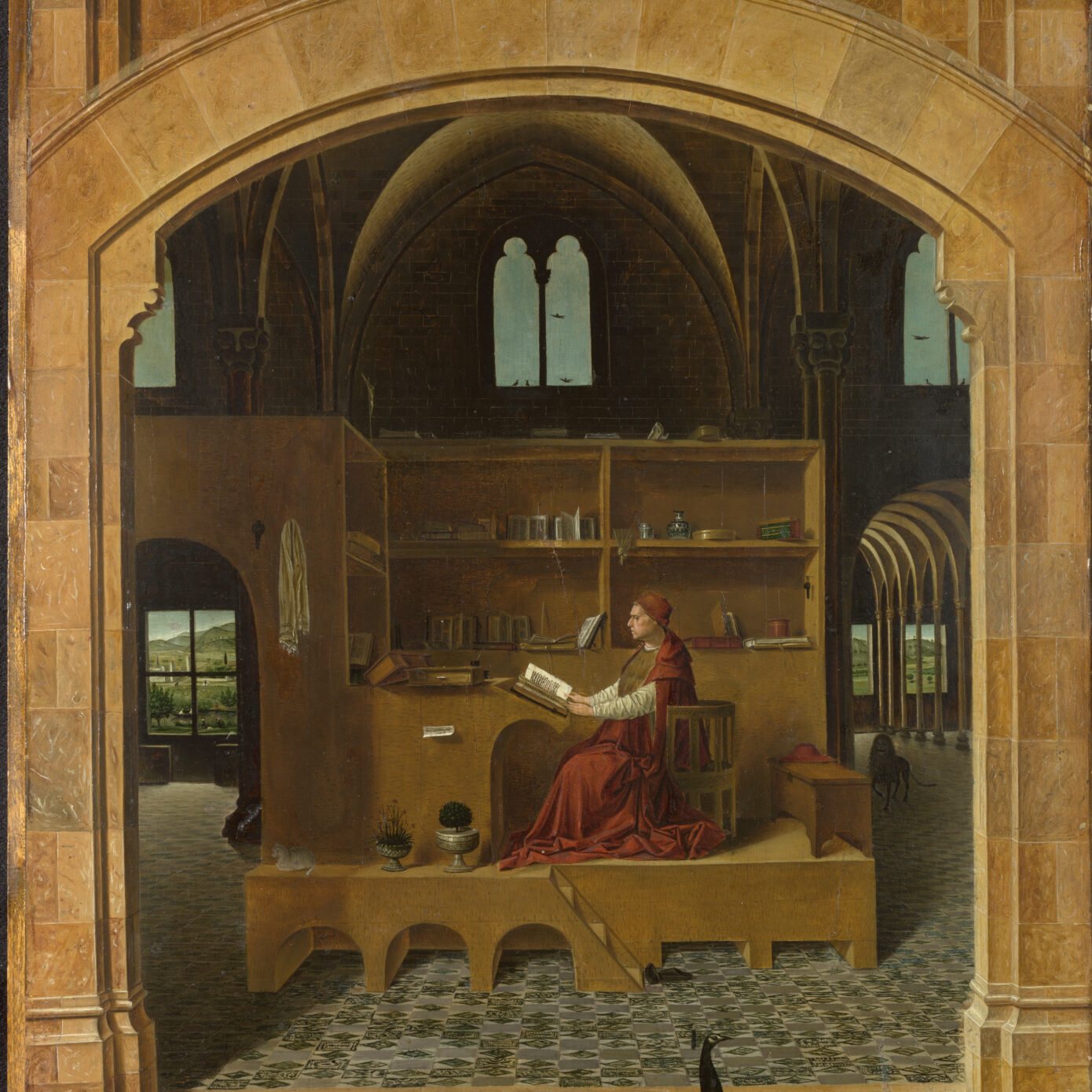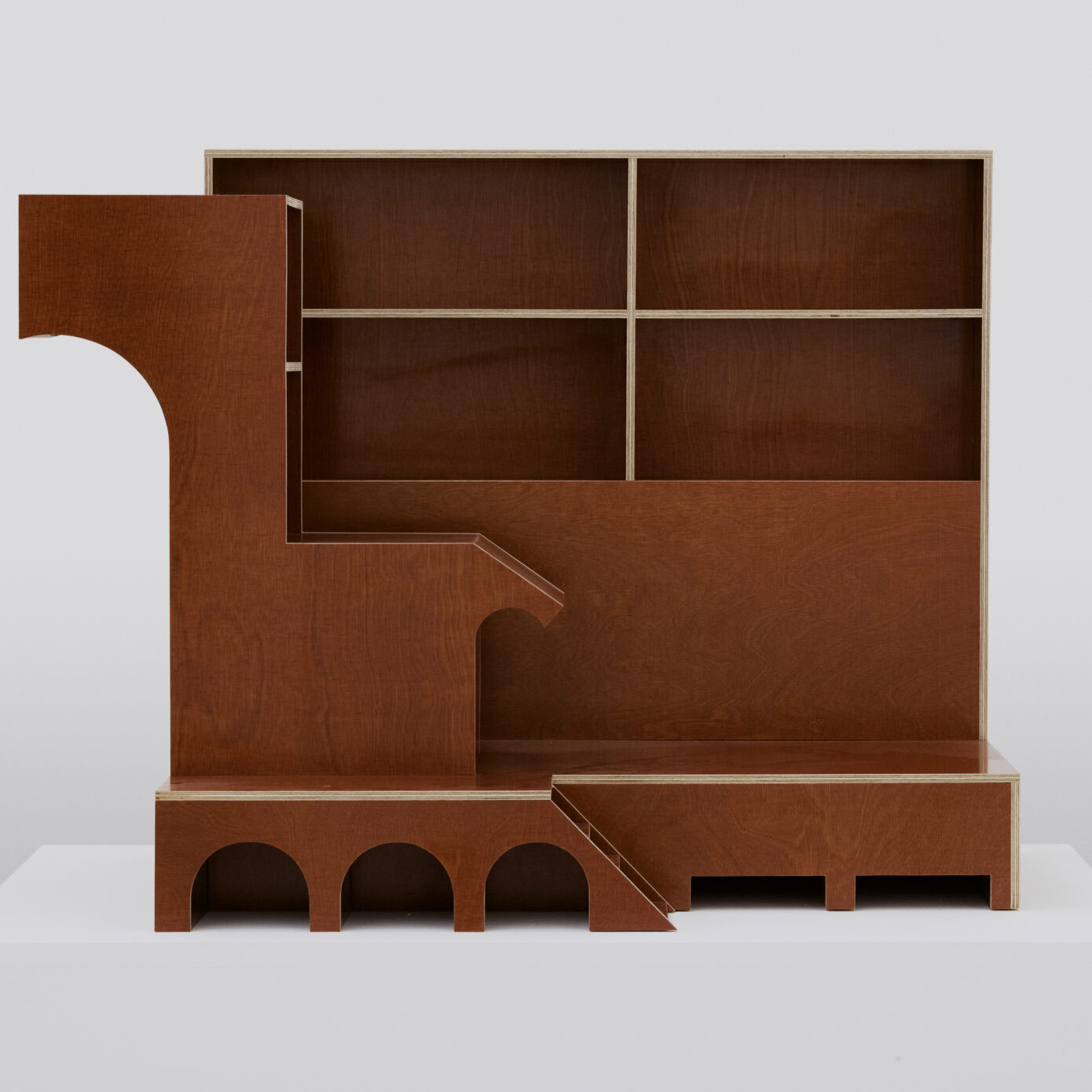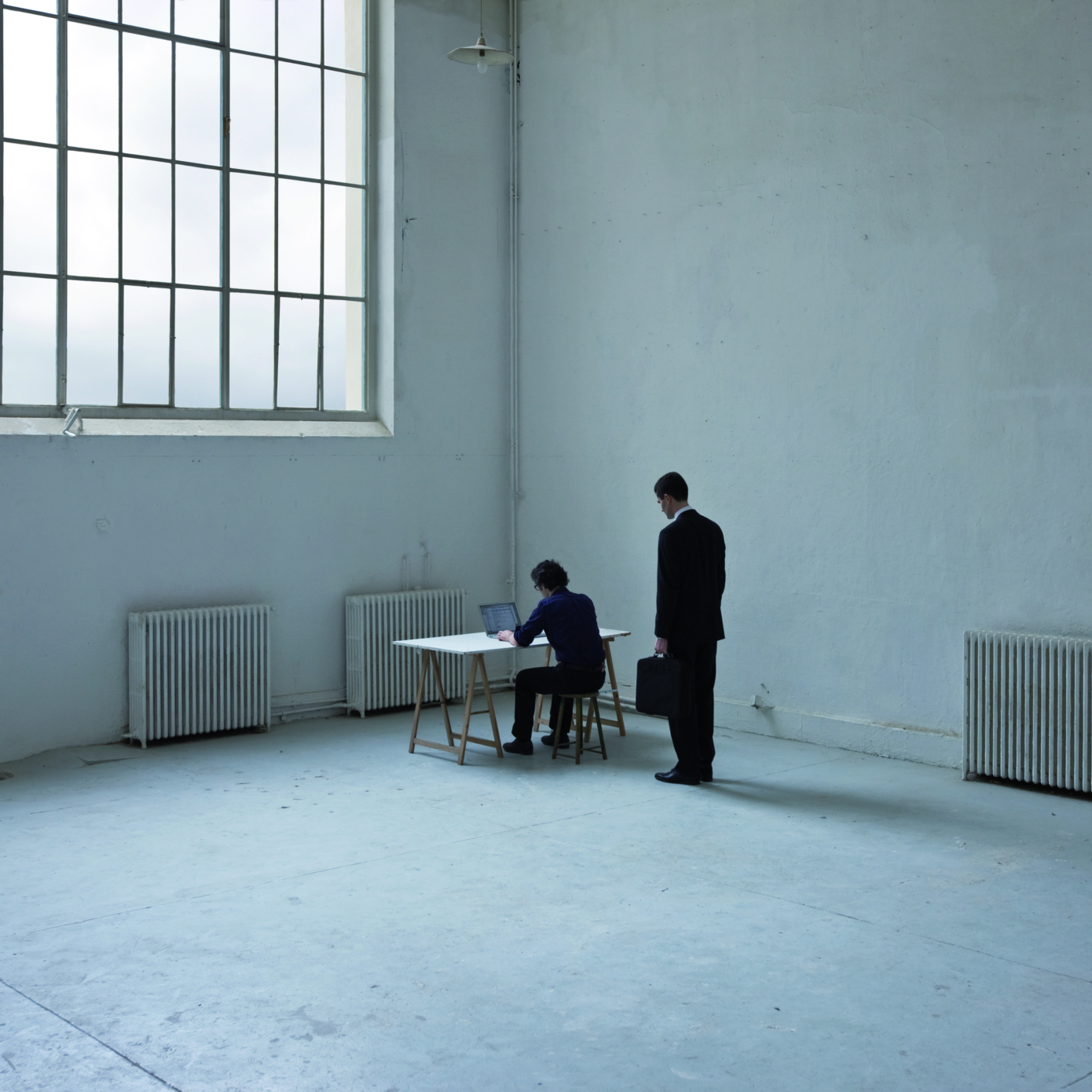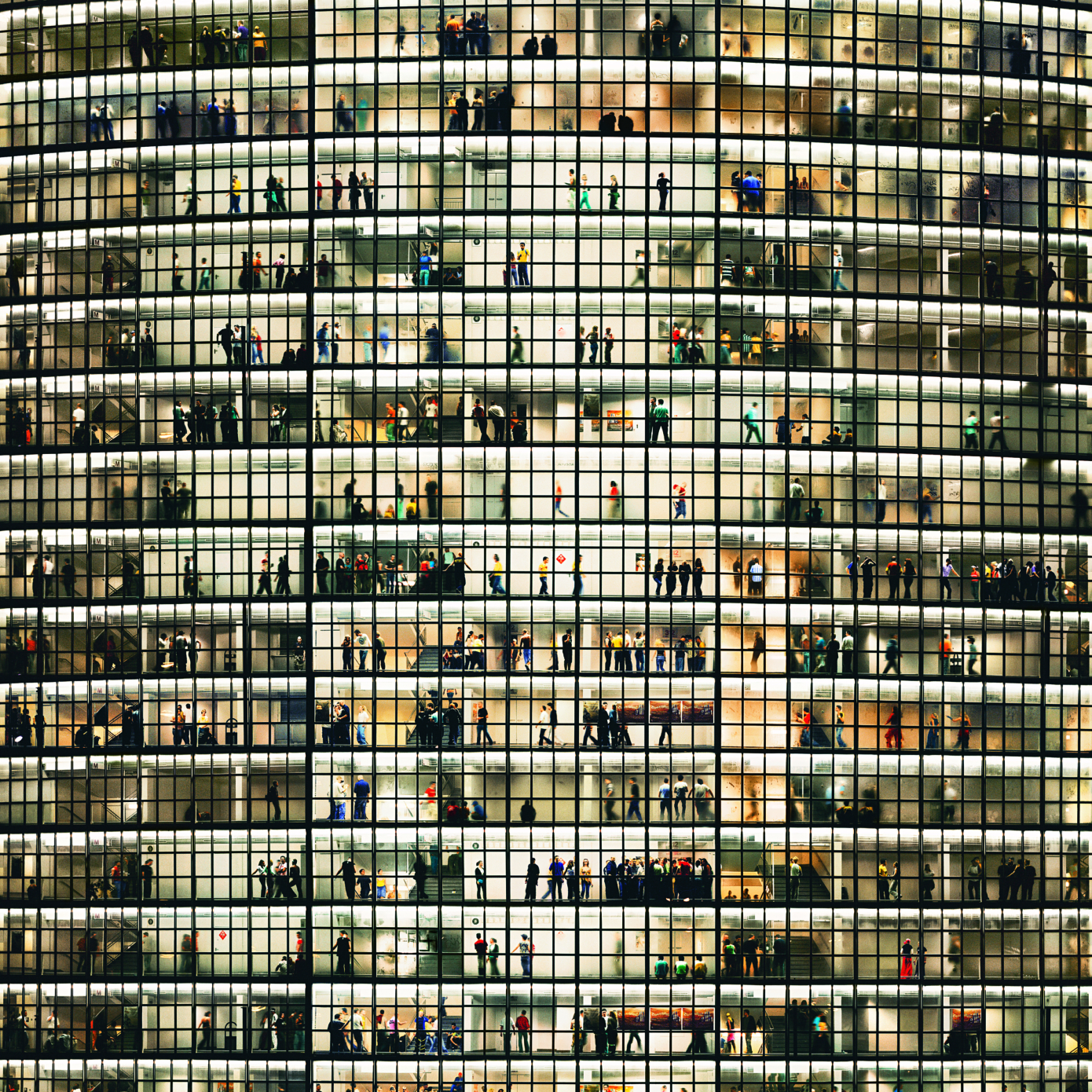Contemporary memories
Using an amount of grand office building rehabilitation projects, to artists Per Barclay and Alain Bublex, Société Foncière Lyonnaise conducted a reflection on the transformation of a place of industrial heritage of the 20th century to a contemporary live-work environment. This former factory in Boulogne-Billancourt, converted into offices in the late 20th century, underwent a new transformation to fit the needs of businesses today. For Bertrand Julien-Laferriere, the challenge is to define a new archetype of building services including design, functionality, and comfort of work areas which will foster innovation and talent development. The friction of cultures and artistic creativity with economic activities gives meaning to those who live and work in this environment a second thought. Bertrand Julien-Laferrière graduated from École Centrale, Paris, University of California, Berkeley, and Insead. He is Head of Real Estate at Ardian, a leading Alternative Asset Manager in Europe.








